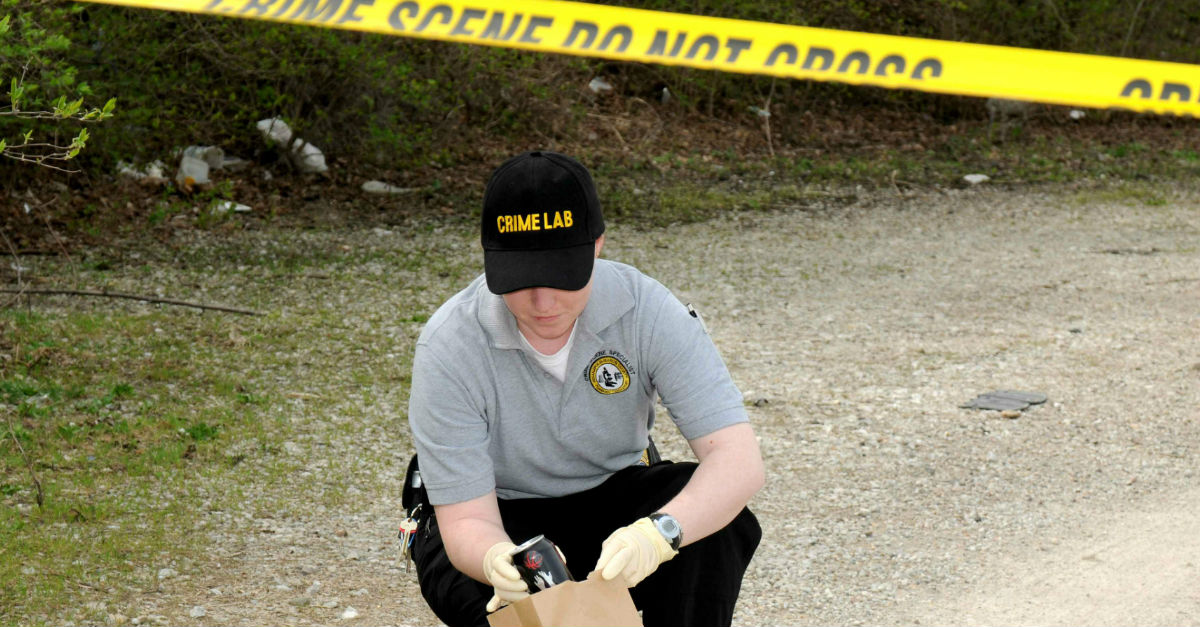In July, the Washington Post reported on the continuing disaster that is the Federal Bureau of Investigation’s crime lab.
Videos by Rare
The paper pursuing this story two years ago, and have continued to push on it as the Department of Justice and the FBI point fingers at each other instead of reinvestigating the cases of some 2600 people whose guilt is now in some doubt thanks to an overreliance on hair and fiber matching. This includes 45 death row inmates, and several who have already been put to death.
The FBI knows this kind of visual hair matching is not an exact science, but according to the Post, when placed on the stand, their agents tended to oversell its reliability as evidence. Official FBI policy, however, says that it is impossible to definitively identify one suspect as the origin of a hair sample to the exclusion of all other people.
Most of these contested cases are from the 1980s and 1990s, during the childhood of DNA testing. Prosecutors were sometimes informed of the problems in these cases, but defendants rarely were. It seems as if this type of matching was always pretty thin. And now, thanks to DNA testing’s normalcy, it should carry little or no weight at trial. It also seems as if any defendants who were convicted on this basis should get a chance to appeal, or retry. What is certain is that the FBI should have started looking at this problem years ago.
Another certainty is that even without FBI labs ruining cases, sometimes forensic science just ain’t. Now, contrary to popular myth, it may not be the existence of television shows such as CSI or Law & Order that make potential jurors more likely to believe that forensic evidence is more common, and more trustworthy than it is. But DNA or other physical evidence is only found in a small percent of violent crimes — one study said 4.5 percent of murders. Other, less telltale physical evidence is more common at 38 percent, but that still leaves a whole lot of other needed evidence. Not to mention, DNA found can be incomplete, and false matches are not the impossibility popular culture might have you believe.
Sometimes it’s not a lack of evidence, so much as a surplus of bad evidence. Journalist Radley Balko reported extensively on the dubiousness of “bite mark analysis” especially when touted by former Mississippi medical examiner Steven Hayne, and “expert witness” dentist Michael West.
The late Cameron Todd Willingham, who most everyone except Texas Gov. Rick Perry (R) now admits was likely wrongly executed in 2004, was convicted partially on the basis of arson investigation science that supposedly proved he purposefully burned his three children alive in their own home. Basically, based on his character flaws, his “suspicious behavior” on the day of the fire, a jailhouse informant who recently admitted he lied, and burn patterns in the remnants of his house, Willingham was put to death.
Unfortunately, eyewitness accounts are also notoriously lax, making the whole “beyond a reasonable doubt” necessity sound really terrific. But that’s rhetorical. Errors happen when humans and bureaucracy mix. And when we’re talking about a life and death issue, it’s important to ask how many errors are acceptable, and just what the criminal justice system is depending on to get that conviction.
Sometimes someone’s life isn’t on the line, just years of their freedom. Last November, a Massachusetts Department of Public Health chemist in Massachusetts was sentence to a lenient 2 to five years in prison after she plead guilty to 27 counts of faking drug test results. Thousands of convictions for drug crimes were suddenly under a shadow of doubt.
If these confirmations can’t even be trusted in a lab setting, we should probably stop narcotics field tests all together. After all, cops doing field tests have managed to positively identify various herbs as weed, baby powder as cocaine, and Jolly Ranchers as methamphetamine on multiple occasions.
Reevaluating what puts people into prison (I humbly suggest that only violent people should be there — even theft could be handled with restitution to the victim) is the first step in reforming the system that has given us 2.2 million people behind bars. Violent crime should not be excused, but particularly conservatives with their lingering trust in law and order need to understand that human error runs rampant throughout the criminal justice system at all levels. Even methods or evidence that appears to be scientific proof are rife with human error.
Two decades of incompetence and a lack of accountability in the FBI lab is just one small piece of evidence that proves if you don’t trust the government to deliver health care or the mail, you shouldn’t trust them to take people’s lives or, usually, their freedom.



